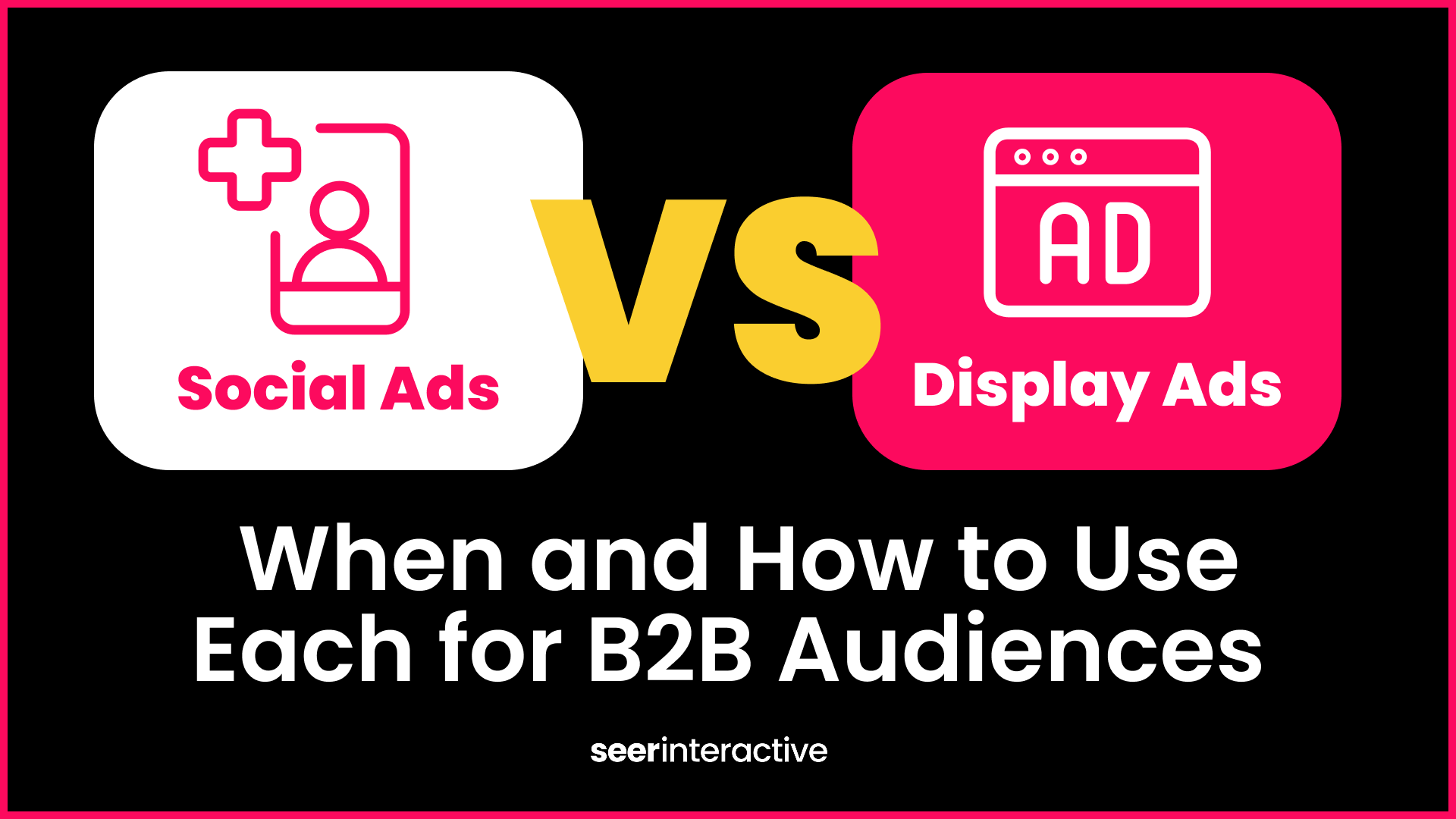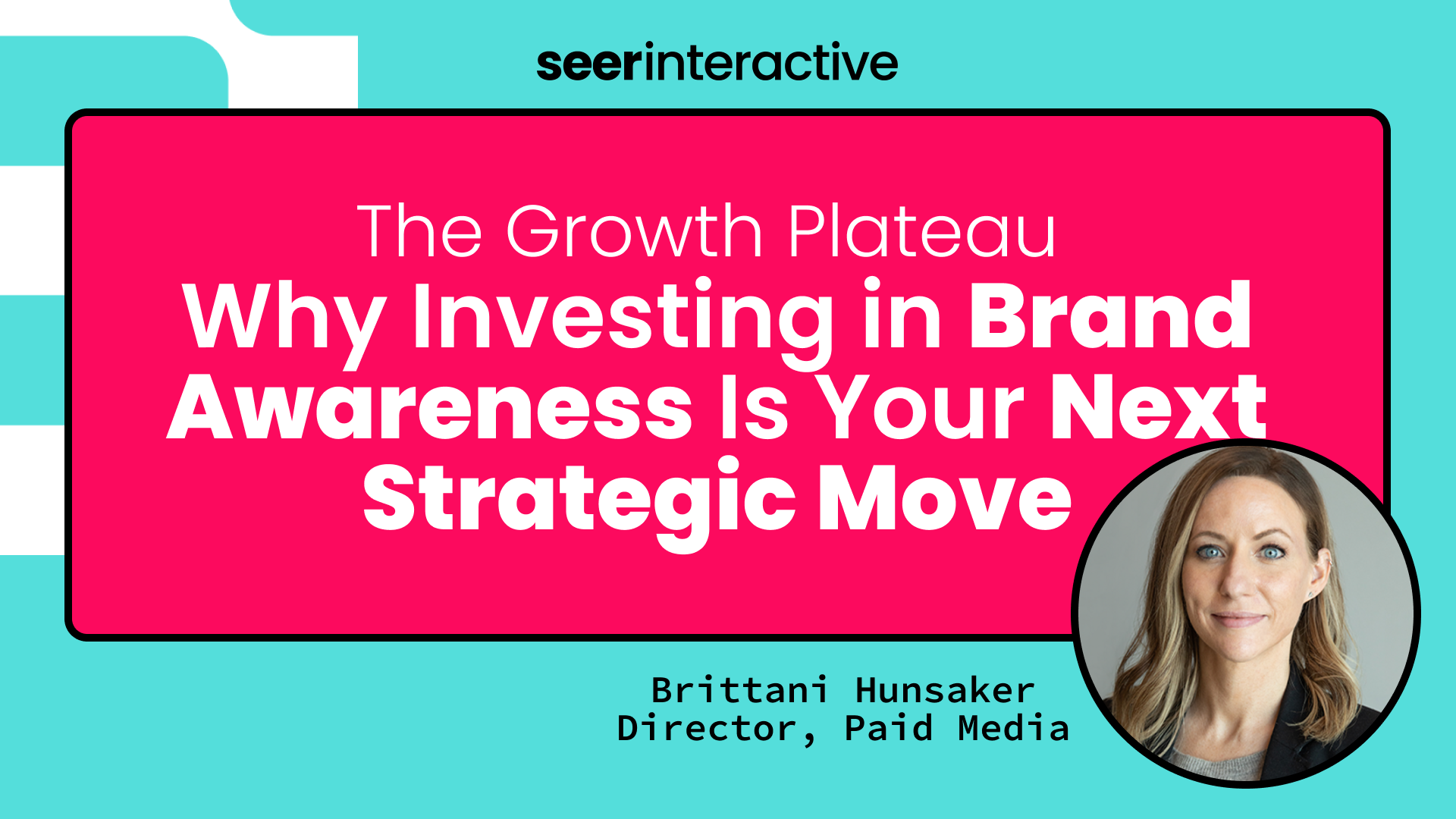If you’re a PPC regular, you’re aware of the ever-changing match type landscape (i.e. Broad Match Modified, Near Exact/Phrase) and that mastering negatives seems to be gaining that much more importance.
The most helpful diagram that I’ve come across which explains negative keyword behavior is below from Google, where an “x” represents negated queries:

You’ll notice that Negative Broad doesn’t function like its regular counterpart. Broad Match keywords in your account can match to plurals, misspellings, synonyms and other common variations. Negative Broad Match will only negate the exact spellings of the keywords, as long as each word is present in the search query in some order. Negative Phrase and Exact Match work much like their standard counterparts, as you’d expect.
Google has made the negative keyword process a bit easier with Keyword Lists which can be shared across campaigns. To access these, visit the shared library section within the campaign tab of your account. The most common usage for these lists is to add the most basic negatives you can think of which apply to the entire account (i.e. Used, Free, Cheap, etc.)
Negatives in Bing are fairly similar to Google- with some minor matching variations. Exact match negatives are relatively new and there are no broad match negatives, so anything that’s not added as exact is added as phrase.
Getting Granular
The inherent benefits of negative keywords are a potential increase in click-through rate, reduced average cost-per-click, and increased ROI. But this is only one half of the equation. As aggressively as you should be adding negative keywords to limit which queries you’re able to show for (on broad or phrase match), it’s just as important to mine for positive keywords to add on exact match. This way, you have full clarity as to what you’re bidding on and can be more strategic with ad copy and bids.

Ultimately, to be as efficient and granular as possible, the goal should be to grow your exact match “bubble” rather than shrinking broad (depending on account goals).
In order to grow your keyword lists, search query reports are king. One issue with search query reports, however, is that you don’t have absolute clarity into what your ads served for. You can see at the bottom of a Google search query report that I pulled for a campaign, I can only view 519 of the 5,097 impressions that were served. That’s 90% of impressions that will potentially go unhandled:

If you hover over the question mark above within search query reports, Google explains that data appears in this row if both of the following are true:
- You didn’t receive any clicks on this term within the last 30 days (from visitors who weren’t blocking their referrer URLs).
- The term wasn’t entered by a significant number of people.
Even though searches within the past 24 hours will always be in this row, you may not be able to check the report that frequently. You could always schedule the query report to run and aggregate the data, but that could get messy and time consuming. The takeaway is to focus on the top 10% of queries you can see, which drive the most traffic and spend, and start making decisions and account adjustments.
Cannibalizing Your Own Efforts
Expanding on granularity further, one of the best uses for negative keywords is to mitigate the wrong ad copy from serving for queries that you already have exact match keywords and more specific ad copy built out for. As you grow your exact match “bubbles”, make sure you’re adding these keywords into their own match type ad groups within campaigns. From there, add that same keywords as Exact Match Negatives in the Broad/Phrase ad groups you already have.
For example, say you’re company is Bob’s BBQ Burgers and you sell frozen hamburgers online, along with your world famous BBQ sauce. If you only have “Bob’s BBQ Burgers” as a broad keyword in your account, you’re likely matching to a wide variety of queries with a generic, branded ad. These could include “Bob’s BBQ Burger Sauce”. In this case, you would create a new ad group and add “Bob’s BBQ Burger Sauce” as an exact match keyword along with an awesome ad that describes why your sauce is a BOSS. Then add “Bob’s BBQ Burger Sauce” into the broad ad group as an exact match negative. If you miss that last step, your generic ad might still show and your efforts will have been somewhat wasted.
Ad Copy Alternatives
Now, negatives might not always be the definitive answer for paid search success. You may notice people are clicking through to your site via broadly matching queries that don’t pertain to products or services you currently offer. If you have budget flexibility, try to understand the search intent and test creating an ad that might turn them on to something you do offer rather than adding a negative. Add the query as an exact keyword in a separate ad group and create compelling ad copy that could persuade a searcher to purchase something similar. Here’s an example from a well known brand like Apple:
Say they have the term “Final Cut” on phrase match. In their query reports they may see a lot of traffic for “Final Cut Express” which has been discontinued. Rather than using "express" as a negative to block their ads from showing, an ad shows for the newest version of the product with value propositions:

Now if it’s an exact match keyword in the account, you can much more easily judge performance and be better informed to make optimizations. Maybe Final Cut Pro X is better and I won’t go through Amazon.
Don’t just stop at negatives to weed out unwanted traffic. Clearer ad copy can help reduce the amount of wasted clicks you receive. If you broadly match to a query that you didn’t intend to or hadn’t thought of, clearly describing to a searcher what you’re offering via your ad copy will give them a better idea of what to expect if they click. There’s a lot of ambiguity in paid search…. that’s the negative.
What are your thoughts on negatives? Do you have any best use cases? Add your comments below!

